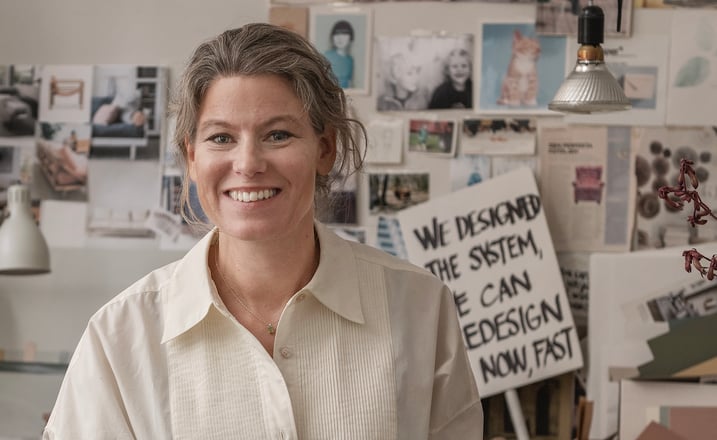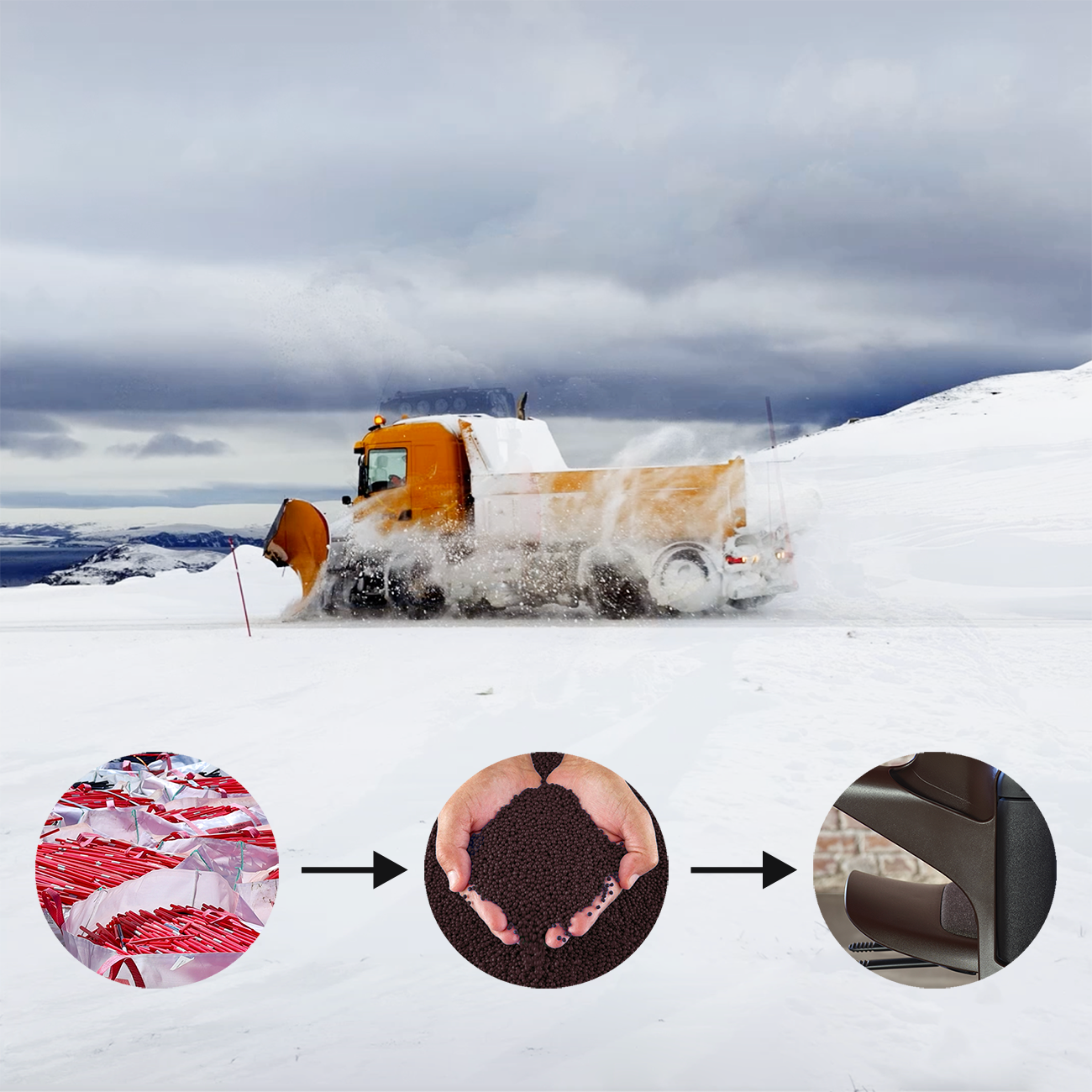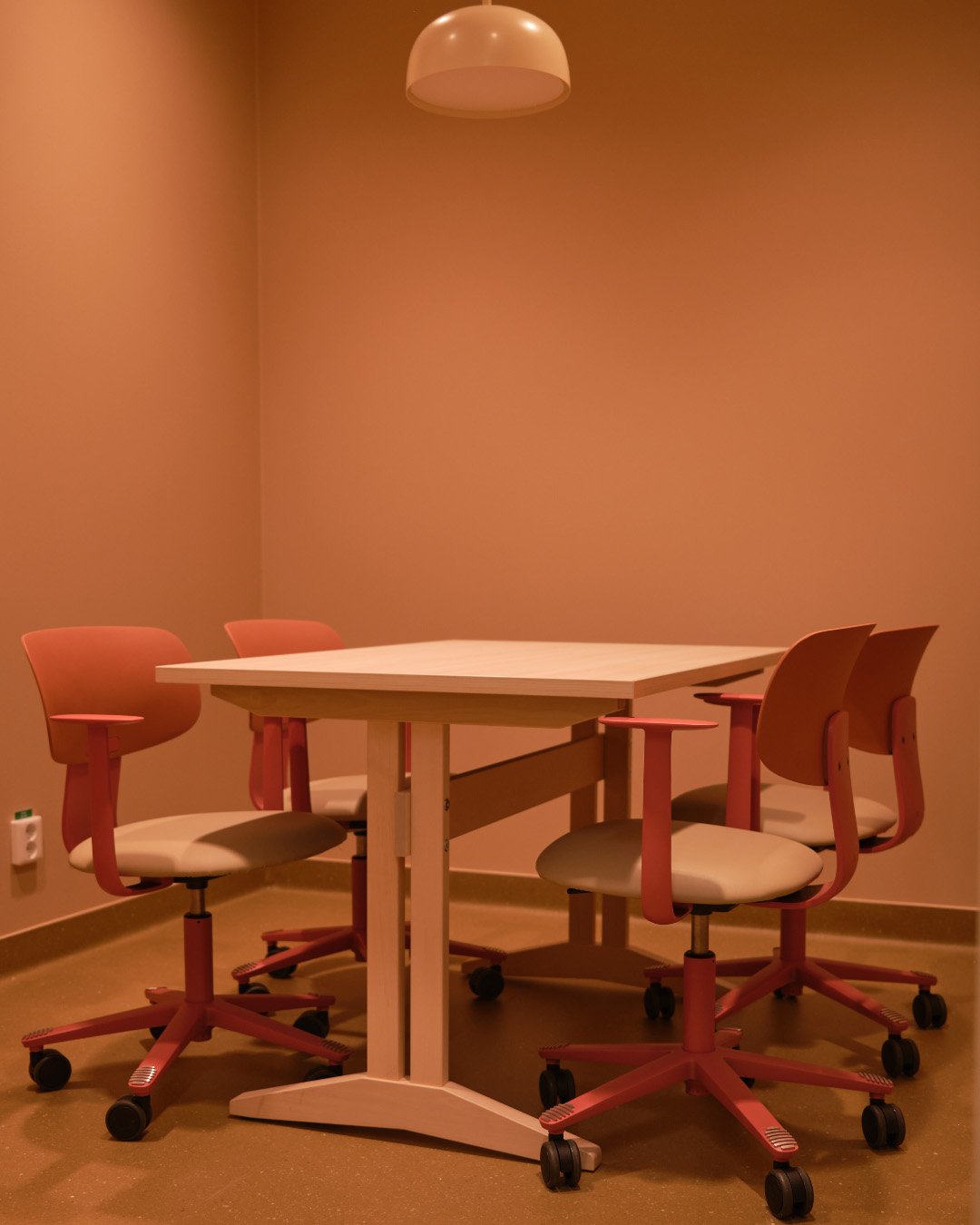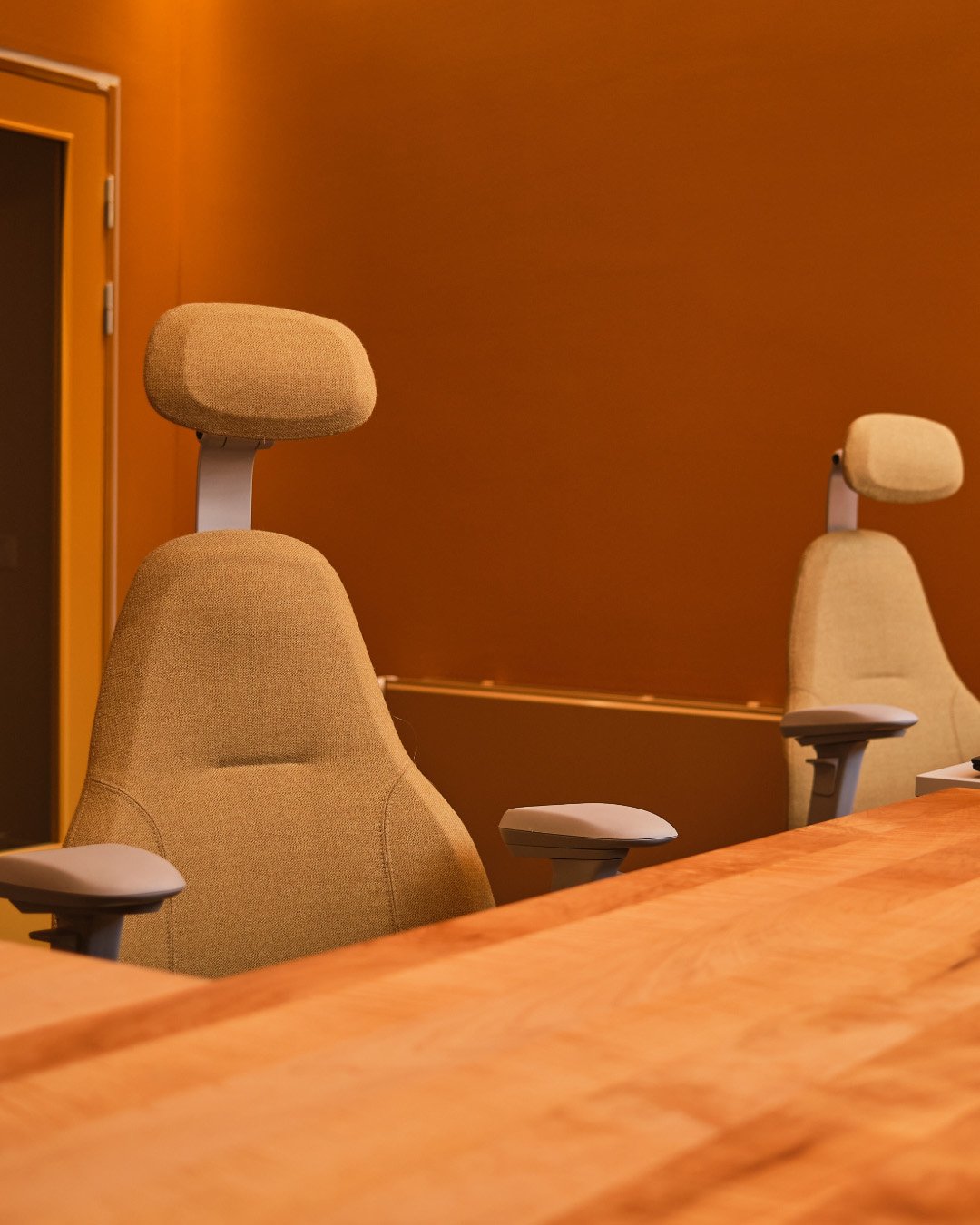In the world of interior design, Emma Olbers stands as a beacon of sustainability and creativity. Renowned for her commitment to eco-consciousness, she recently displayed her visionary approach in the "Now or Never - 1kg CO2e" exhibition at the Stockholm Furniture Fair, shedding light on the climate impact of commonly used materials in architecture and furniture design.
Her design philosophy transcends conventional boundaries, proving that it is possible to achieve high quality aesthetics and sustainability together. The Ersta Hospital project in Stockholm exemplifies her artistic prowess, transforming spaces into havens of well-being while making a positive impact on the planet.
Starting with Sustainability: Setting Planetary Boundaries
For Emma, the starting point in any project is the overall environmental impact, emphasizing that it doesn't necessarily involve rocket science. As she puts it, "I have learned that it is usually not highly technical solutions that drive change, but rather innovative approaches, often revisiting traditional methods that truly revolutionize a project's ecological impact. We must consider the emissions and CO2eq holistically."
Rooted in the principles of "Planetary Boundaries: A Safe Operating Space for Humanity" (Rockström, J., Steffen, W. et al, 2009), Emma Olbers' design principles act as a guiding force for her work.
They include:
-
Using recycled, reused & low impact materials
-
Using minimal material, while maintaining durability
-
Using or make products that are easy to maintain & repair, using standard screws & maintainable coatings
-
Emotionally & functionally durable materials and products.
-
Design for reuse & recycling (easily separated components & materials)
-
Power everything with renewable energy
Environmentally friendly alternatives
Emma is a strong advocate for materials that reduce environmental strain, avoiding where possible virgin plastic, metal, leather, or concrete. In fact, the first question should be if any work needs to be done at all, as she explains; "We must first ask ourselves: is redecoration truly essential? And if it is, can we breathe new life into existing elements through repairs or reductions? If new products are essential we should opt for those that are made with low emissions."
Overcoming Limitations and embracing imperfection
There are challenges in avoiding unsustainable materials, but each limitation becomes an opportunity for innovative design storytelling. Emma says; "By embracing material uniqueness and history, you offer a new aesthetic beauty. Consider a lounge chair coloured by repurposed fishing nets or the Flokk chair made from snowplough sticks offering a distinct brown hue. These narratives breathe life into our designs, transforming limitations into artistic masterpieces."
Extra Considerations for Healthcare Buildings
One of Emma’s most recent projects was the Ersta Hospital in Stockholm. Working in collaboration with Tengbom architects, the project required a unique approach, as she notes; "Navigating the hygienic and availability rules presented challenges, but I welcomed these obstacles as catalysts for innovation. Merging functional excellence with calming aesthetics, we crafted an environment that nurtured healing, care, and eco-consciousness in unison."
The Importance of Sourcing Sustainable Furniture
In Emma's mind, sourcing sustainable furniture is just as important as the materials used in the building process. She asserts, "Every purchase, every choice, becomes an integral part of the legacy we leave for future generations. Opting for small, thoughtful material choices aligning with sustainability forms the cornerstone of responsible interior design. Prioritizing furniture that is easy to maintain, repair, and recycle empowers a transformative impact on the environment."
Emma turned to Flokk when sourcing new furniture for the Ersta Hospital project. Selecting the HÅG Tion, RH Mereo, RH Activ, RH Support and HÅG Capisco Puls chairs, Emma aligned her design principles with Flokk's sustainable solutions. By choosing Flokk designs, Emma not only fulfilled the project's sustainability goals but also elevated the hospital's interior with furniture that is durable, easy to maintain, and aligns with her vision of environmentally conscious design.
Through her visionary approach, Emma Olbers redefines what is possible in responsible design, urging us all to embrace creativity as a force for a greener and brighter future in interior projects worldwide.
Visit Emma Olbers Design website
Photography of Emma Olbers at top by Andy Liffner





/snow_plough_web2.jpg)


